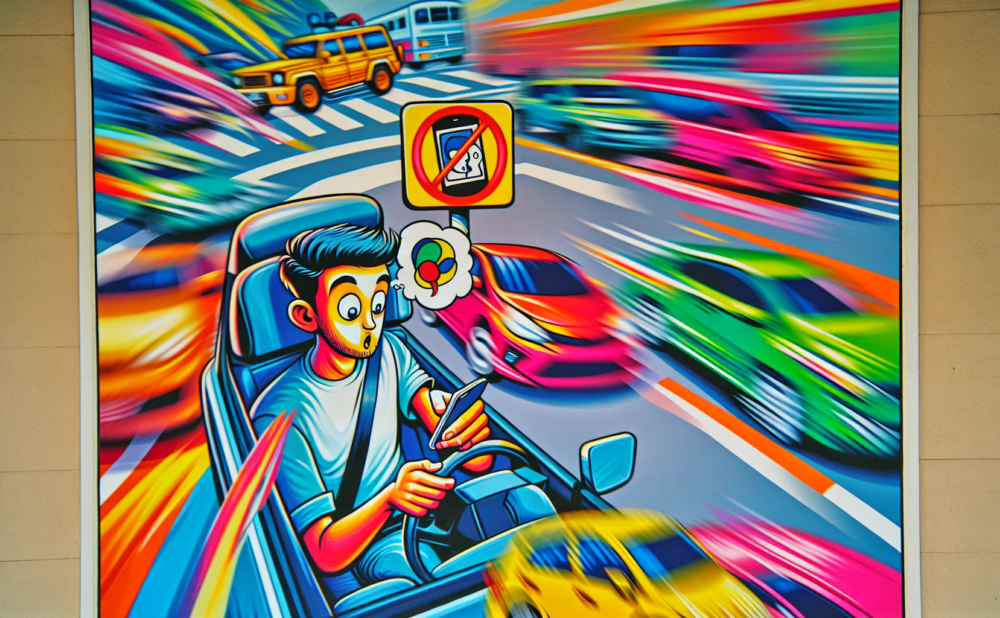Knowing Texas driving laws is key to safe and legal driving. This article covers the basics on speed limits, right of way, seat belts and more so you’re ready for Texas roads.
Don’t forget if you need advice from an experienced personal injury lawyer contact our team!
Quick Facts
-
- Texas driving laws are all about speed limits, right of way and seat belts.
-
- Distracted driving laws (no texting and handheld devices) are to reduce accidents and focused driving.
-
- New in 2024 variable speed limits and more safety for pedestrians and cyclists. Texas is getting safer.
Texas Driving Laws
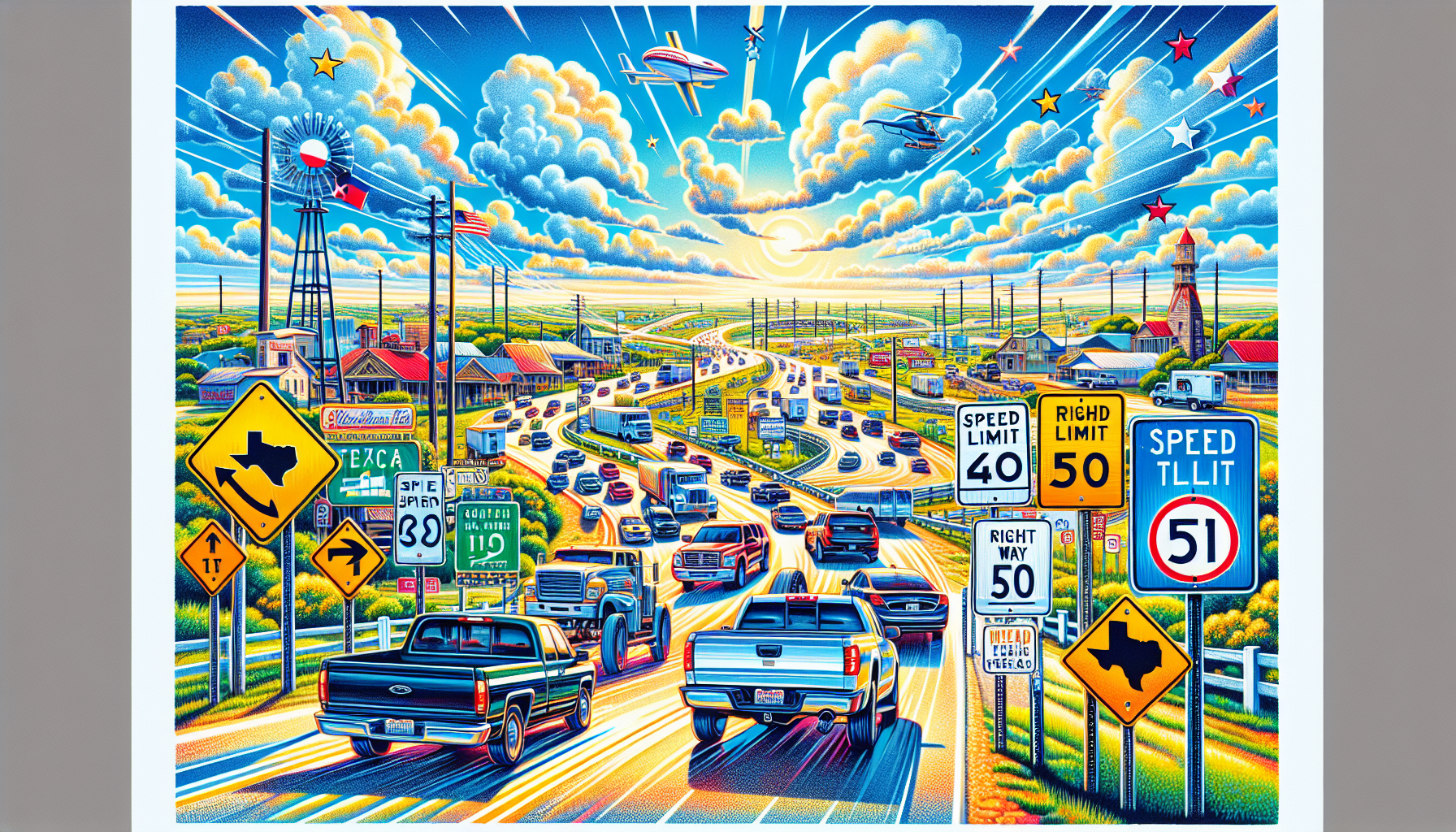
Driving in Texas requires knowledge of many laws and regulations to be safe on the road. Texas drivers must follow these traffic laws to keep order and prevent accidents. Misinterpret these laws and you’ll get traffic tickets and legal problems.
All Texas drivers need to stay informed about the rules especially with changes coming in 2024. Following these rules means safety for everyone on the road. Passing the driving test reinforces how important it is to know Texas driving laws.
The rules governing Texas driving laws include speed limits, right of way and seat belts. These are the basics of safe driving. Each of these areas is crucial to road safety.
Speed Limits
Speed limits are key to safe driving in Texas. Never exceed a safe speed for the road and weather conditions. For example, rural interstates are 55 mph, some parts of Texas State Highway 130 are 85 mph. These vary for different types of roads to keep traffic moving and safe.
In school zones the speed limit is 25 mph or lower when children are present. Lower speed limits may be enforced in construction zones and residential areas to protect workers and residents especially in Austin TX. Adjust your speed to the road and traffic conditions.
Slower traffic must stay in the right lane, the left lane is for passing only. This helps to manage traffic and keep traffic moving. Reduce your speed in bad weather even if it means going below the posted speed limit.
Right of Way Rules
Right of way rules prevent accidents and keep order on the road. In Texas drivers must yield to pedestrians in marked and unmarked crosswalks. Not yielding will get you traffic tickets and fines and potentially serious accidents.
When two cars arrive at an intersection at the same time the car on the right has the right of way, the car on the left must yield. Slow down when approaching a yield sign and be prepared to stop and yield to pedestrians and other cars as needed. These rules keep traffic moving and safe for all road users.
Seat Belt Requirements
Seat belt requirements in Texas is simple but important for passenger safety. All occupants regardless of seating position must wear seat belts. Front seat occupants must wear seat belts and passengers under 17 must wear them in front and back seats.
Not following seat belt laws will get you fines and penalties. These laws aim to make seat belt use a habit for all passengers and educational campaigns to raise awareness.
These are important to prevent injuries and deaths in case of an accident.
Distracted Driving Laws
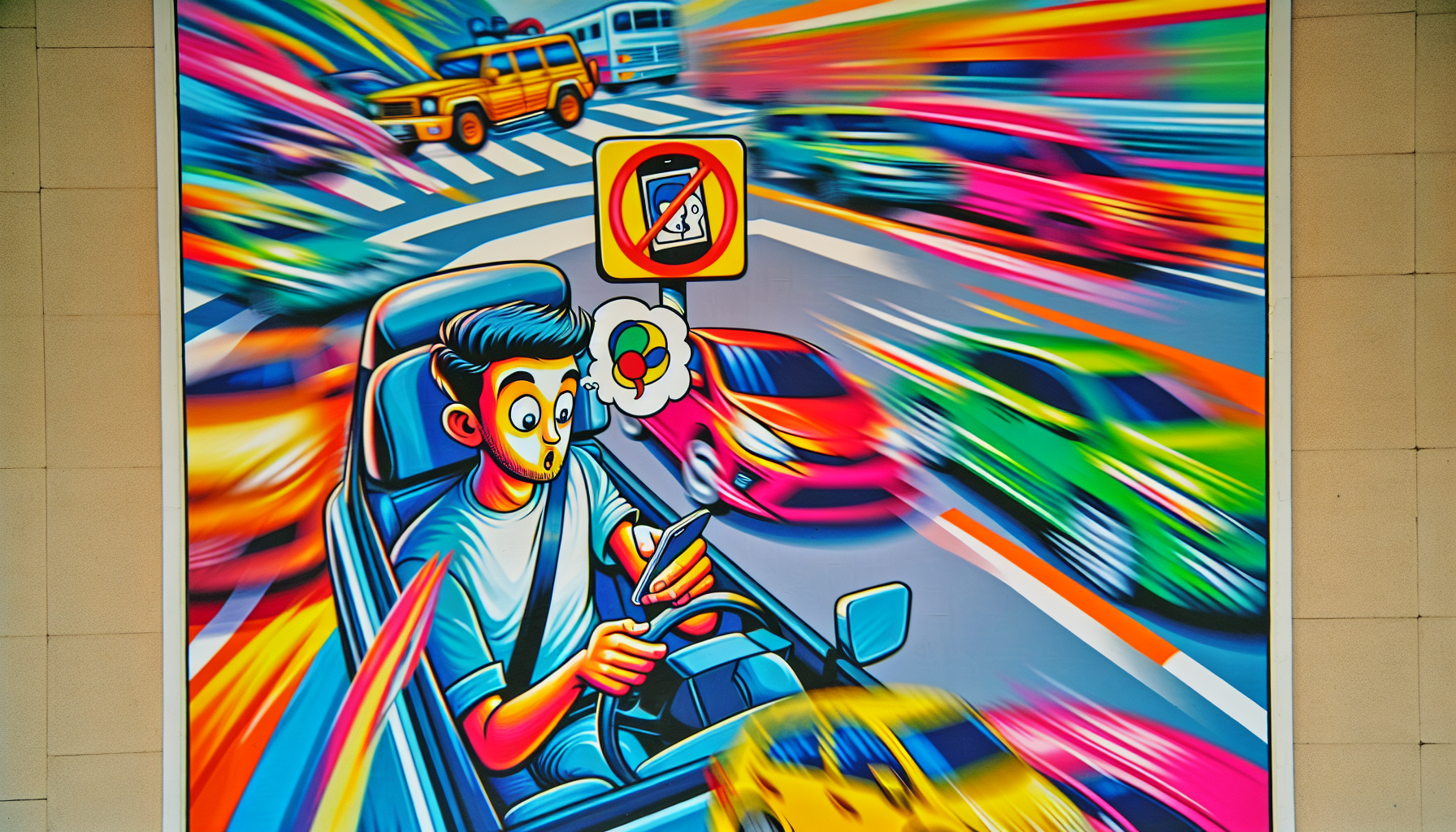
Distracted driving is a major cause of road accidents so Texas drivers must stay focused and avoid distractions. Taking hands off the wheel or eyes off the road can be dangerous. Texas has strict laws against distracted driving including specific rules on cellphone use and texting.
Texting while driving is prohibited in Texas and some cities have stricter cellphone use rules. Using handheld devices while driving in active school zones is strictly prohibited. These are to reduce accident risks and promote safe driving.
Texting While Driving Prohibitions
In Texas you can’t text while driving, a rule that is strictly enforced. Not following this law will get you fines and penalties. Using handheld cellphones while driving in school zones is also prohibited, to emphasize focused driving in high pedestrian areas.
These are to keep the roads safe. By not allowing drivers to text and use handheld devices Texas is reducing accident risks and promoting a safe driving environment.
Pedestrian and Cyclist Safety
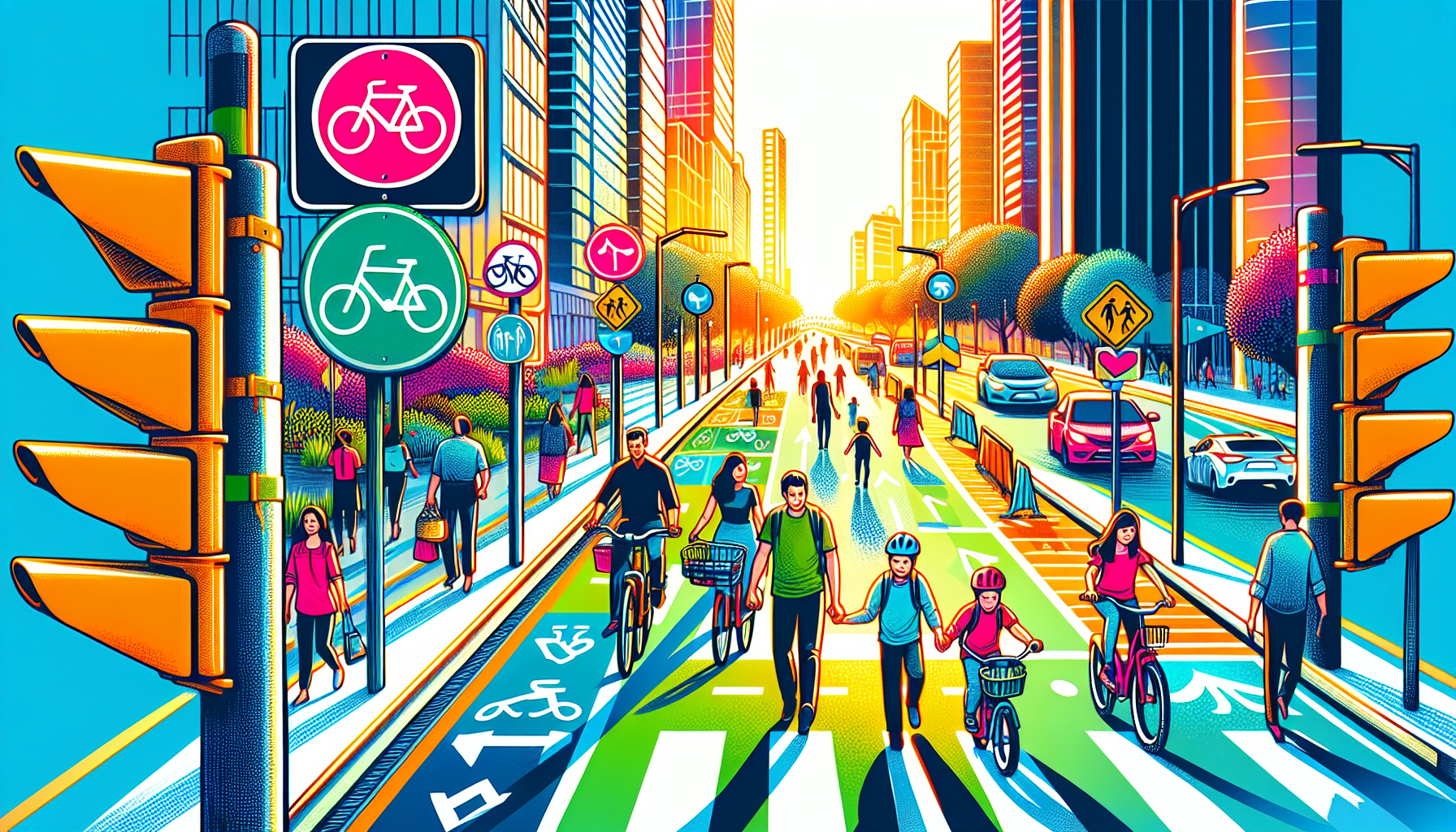
There are new Texas driving laws to protect pedestrians and cyclists as concerns for their safety on the road increases. These are to reduce the number of accidents involving these vulnerable road users as per Texas Department and Texas lawmakers.
The new laws are to make drivers yield to pedestrians at crosswalks and stay away from cyclists. By following these rules you can contribute to pedestrian and cyclist safety.
If you get in an accident you may want to contact us for free legal advice but it is also possible to win your case without a lawyer.
Crosswalk and Pedestrian Right of Way
Drivers must yield to pedestrians in marked and unmarked crosswalks. New law prohibits cars from passing stopped vehicles near crosswalks so pedestrians have a safe space to cross. These rules are for pedestrian safety.
Not stopping at designated crosswalks will get you harsher penalties. These are to protect pedestrians and reduce accident risks.
Cyclist Protection Rules
When passing cyclists drivers must stay away. Law requires a three foot passing distance when overtaking cyclists. Drivers will also get fined for parking or driving in bike lanes to protect cyclist safety.
These are for cyclist safety and to promote coexistence between vehicles and bicycles on the road.
Emergency Vehicle Procedures
Handling emergency vehicles on the road requires specific procedures to be safe and legal. Drivers must stop and yield to emergency vehicles with flashing lights. Texas driving laws also require drivers to move over when approaching an emergency vehicle with its lights on.
Stay away from emergency vehicles. Drivers must slow down to 5 mph on roads with 25 mph speed limit or less when passing these vehicles. These procedures are for safety of emergency responders and to be legal.
Yielding to Emergency Vehicles
Drivers must pull over to the side of the road when an emergency vehicle has its lights or sirens on so it can pass safely and quickly. In Texas not following emergency vehicle laws will get you big fines. Repeat offenders will also get jailed.
These are so emergency vehicles can get to their destination quickly and safely, so yield to them ASAP.
Speed Adjustments
In 2024 Texas will make big changes to its traffic laws to improve road safety and to adapt to changing travel needs. New speed control rules will have different speed limits for highways, city streets and residential areas. These are to improve traffic flow and reduce congestion on all roads.
Variable speed limits may be implemented to adjust to real time traffic, weather and time of day. These are to improve driving safety and traffic management.
New Speed Limits
New speed limits are established for different types of roads in Texas – highways and urban streets. New speed limits will also be for residential areas to overall road safety. Under good weather condition speed limits on some highways may be increased to improve traffic flow.
Variable speed limits will adjust to real time traffic to make driving safer and more efficient.
Reasons for the Changes
The recent speed limit changes in Texas are to reduce accidents, improve traffic flow and consider environmental impact. Lower speed limits means fewer accidents and fatalities, so safety is key in traffic regulation. These are part of the overall effort to improve driving conditions and to be safe for all road users.
Lowering speed limits will reduce traffic congestion and make traffic flow smoother for drivers and the environment. These are for safer and more efficient roads for all.
School Bus and Zone
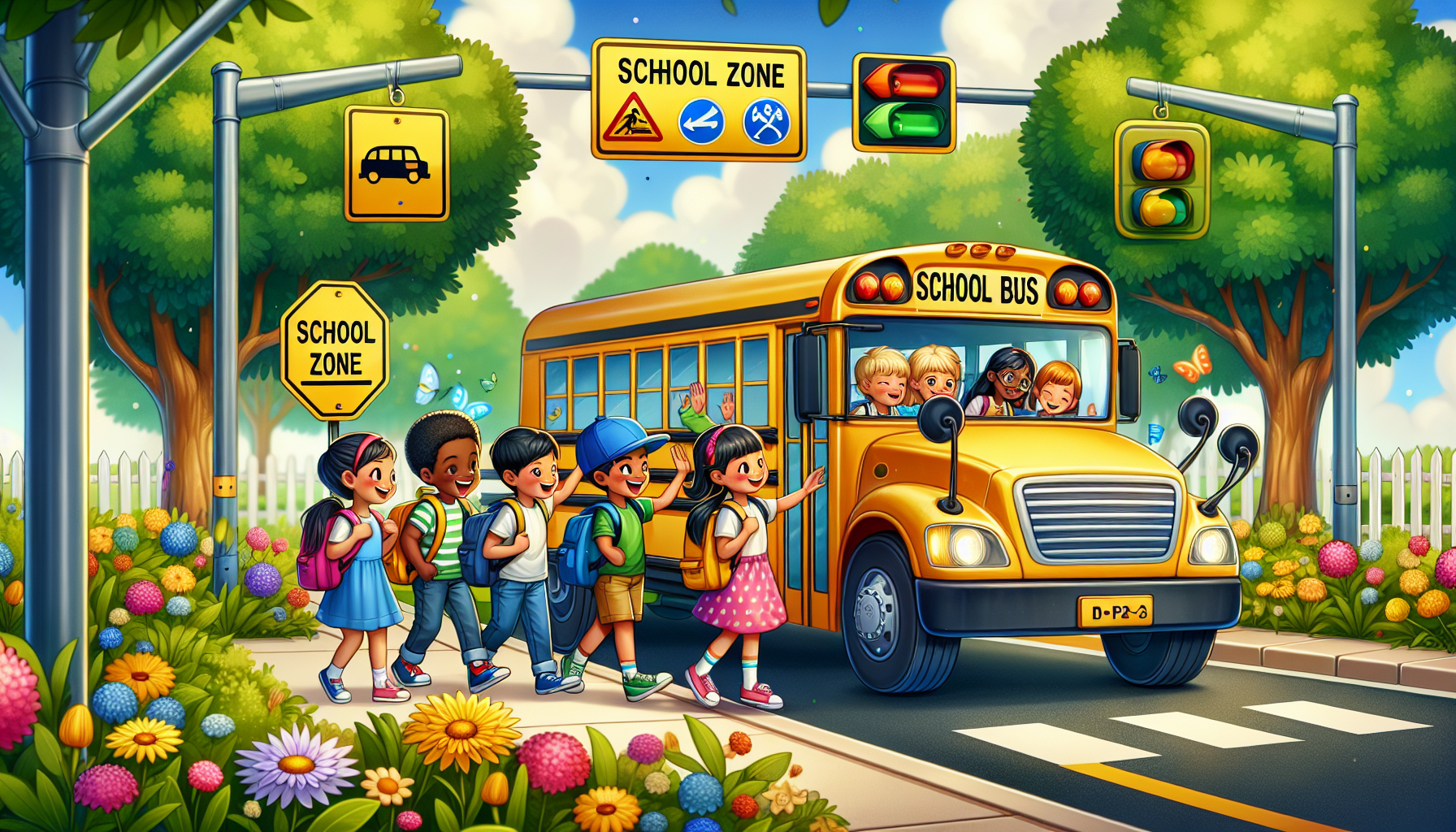
Safety of children around schools and school buses is top priority in Texas. The law requires drivers to stop for school buses with alternating flashing red lights. Not following these laws will get you big fines, so this is important for child safety.
Using handheld device in a vehicle in a school zone is illegal, so drivers must stay focused and alert. These laws are for children and to have a safe environment around schools.
Stopping for School Buses
Passing or overtaking a school bus with its stop sign out is illegal. Must follow this law for the safety of the children. Stop a safe distance from the bus and wait until it is safe to proceed. Many school buses are equipped with cameras that can record reckless drivers who violate stopping laws so it’s easier to enforce these laws.
These are to protect children as they get on and off school buses, to be safe on the road.
Speed Limits in School Zones
In Texas the speed limit in school zones is 20 mph during school hours with fines or penalties. When approaching school zones drivers must follow the posted speed limits strictly to be safe.
Speed limits in school zones are often marked with signs that show the enforcement times, usually during school hours. Traffic fines are much higher for violations in school zones so be safe in these areas.
Traffic Violation Fines
Traffic fines in Texas can be big, up to $200 depending on the violation. Fines and points on your record vary by city so non-compliance with traffic laws can cost you more and change your auto insurance coverage.
Vehicles must yield to pedestrians in crosswalks, stricter penalties for non-compliance. Violating the Move Over law can get you fined up to $1,250 for first time offenders. Serious injuries caused by non-compliance with emergency vehicle laws can get you jailed.
All drivers must understand these penalties to avoid big fines and legal troubles. The sections below will break down the penalties for speeding and red light violations.
Speeding Fines
Fines for speeding in Texas varies, with penalties starting at $135 for 1-5 mph over the limit. Speeding fines can be big depending on how much you exceed the limit. For example in Houston, fines start at $224 for 1-5 mph over and can go up to $334 or more for 30 mph over.
In other cities like San Antonio and Dallas, fines also varies, San Antonio has a minimum fine of $185 for 1-10 mph over the limit and $335 for 31 mph over.
Red Light and Stop Sign Violations
Drivers must stop at all stop signs, red lights and flashing red lights to be safe for all road users. Running a red light or stop sign in Texas is a fine of $155. These are Class C misdemeanors so you get fined and points on your record.
Red light fines can go up to $269 depending on the city. All drivers must understand these penalties to avoid big fines and a clean record.
Special Rules for Young Drivers

Texas has special rules and considerations for young drivers to be safe on the road. The graduated licensing system allows young drivers to gain experience gradually and reduce the risks of inexperienced driving. Drivers under 18 are not allowed to use handheld devices while driving.
Drivers with learner’s permit cannot use cellphones during their first 6 months of driving. These laws apply to drivers under 25, to promote safe driving habits for inexperienced drivers.
All young drivers must understand these rules to be safe and avoid legal troubles. The sections below will break down the GDL program and restrictions for drivers under 25.
Graduated Driver Licensing (GDL) Program
The GDL program in Texas has 3 stages: learner’s license, provisional license and full privilege stage, each with its own requirements. Young drivers can get a learner’s license at 15 and can only drive with a licensed adult present.
To get a learner’s permit, teenagers must take a driver education course. At 16 they can apply for a provisional license but are restricted from night driving and passenger limits.
These stages are to make sure young drivers get the experience before full driving privileges.
Restrictions for Drivers Under 25
Drivers under 25 has specific curfews and passenger limits compared to other drivers. These restrictions are to reduce the risks of inexperienced driving and promote safe driving habits.
All young drivers must understand and follow these rules to be safe and comply with Texas laws while ensuring to avoid issues from drunk driving accidents.
Auto Insurance
Traffic violations can affect auto insurance in Texas. Common traffic violations can result to fines and points on your record which can increase your insurance rates. Running a red light or not stopping at a stop sign can result to fines and points on your license and can increase your insurance premiums.
If a driver runs a red light and gets into an accident, the penalties gets worse and more points on their record that can increase insurance costs. New traffic laws can affect auto insurance plans, coverage options, cost and claims processing.
If you’re having issues with your insurance company don’t hesitate to contact our firm to discuss options!
Premium Increases for Violations
Traffic violations can increase insurance rates as insurers see these as a higher risk. Traffic tickets like speeding can cause big increases in auto insurance premiums.
All drivers must understand these implications to keep insurance rates affordable and avoid big premiums.
Discounts for Safe Driving
Having a clean record can give drivers big discounts on their auto insurance rates. Taking a defensive driving course can help drivers reduce insurance cost increase after a violation. These discounts promote safe driving and help drivers save on insurance premiums.
Conclusion
In summary, all young drivers must understand and follow Texas driving laws to be safe and avoid legal troubles. From speed limits to right of way to distracted driving to emergency vehicle protocols, these rules are for everyone on the road.
Be informed and follow these rules and you’ll be part of a safe driving environment. Remember, safe driving is for you and everyone else on the road. Drive safe.
FAQs
What is the speed limit on TX 130?
The speed limit on TX 130 is up to 85mph, one of the highest in the country. So drive wisely and follow the limit.
Do all passengers have to wear seatbelts in Texas?
Yes, all passengers in Texas must wear seatbelts regardless of where they sit. This is for everyone’s safety.
Can I use my cell phone while driving in a school zone in Texas?
Using handheld devices while driving in an active school zone in Texas is not allowed. So don’t use your cell phone in these areas to be safe and legal.
What are the penalties for running a red light in Texas?
The penalties for running a red light in Texas is $155 to $269 depending on the jurisdiction. Follow traffic signals to avoid these fines.
How does a clean record affect my auto insurance?
A clean record can give you big discounts on auto insurance by qualifying you for them. No accidents and no violations means you’re a responsible driver and insurers will give you lower premiums.


